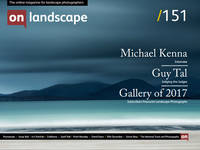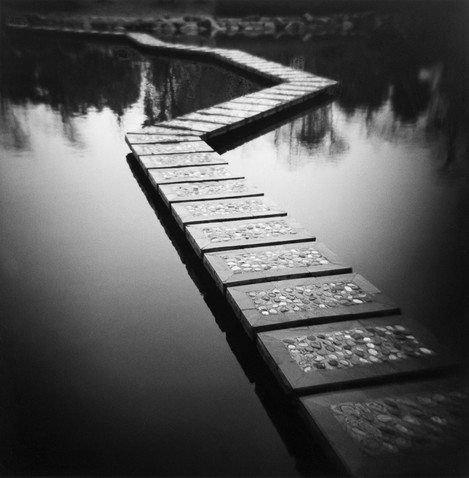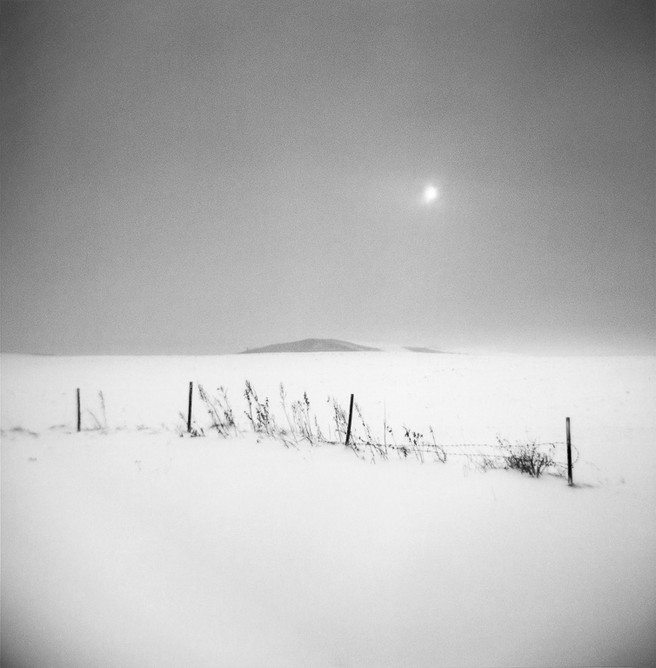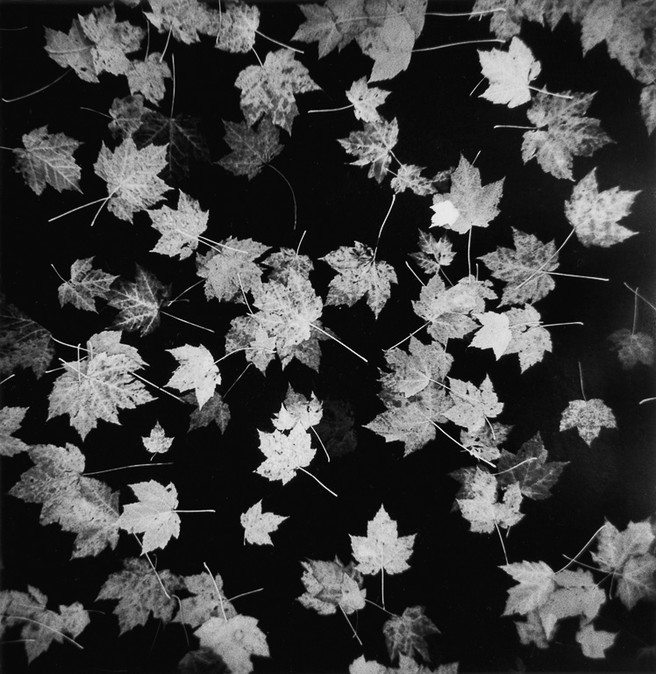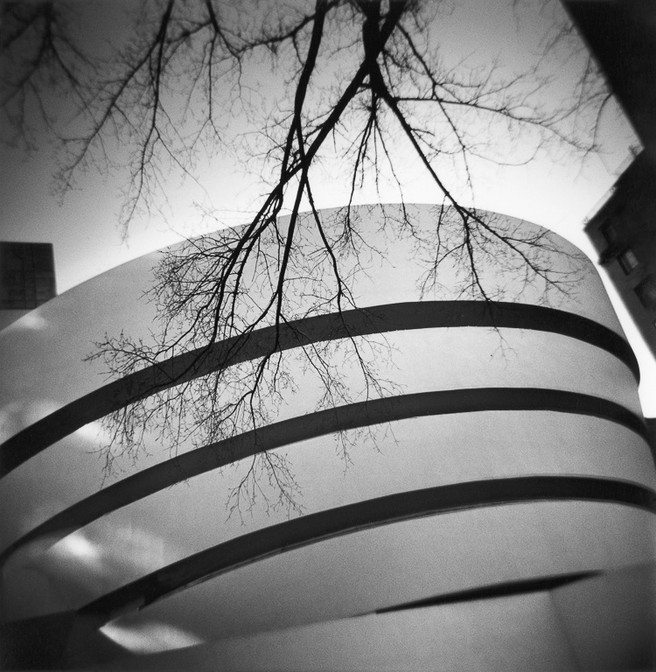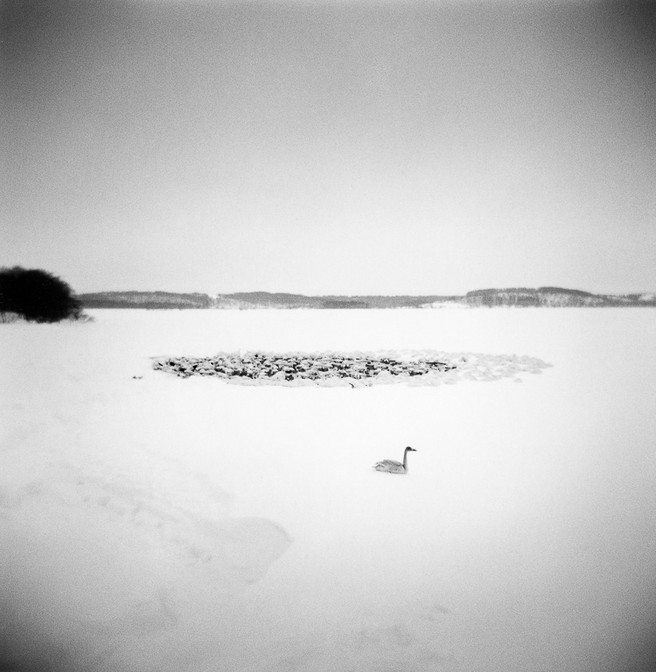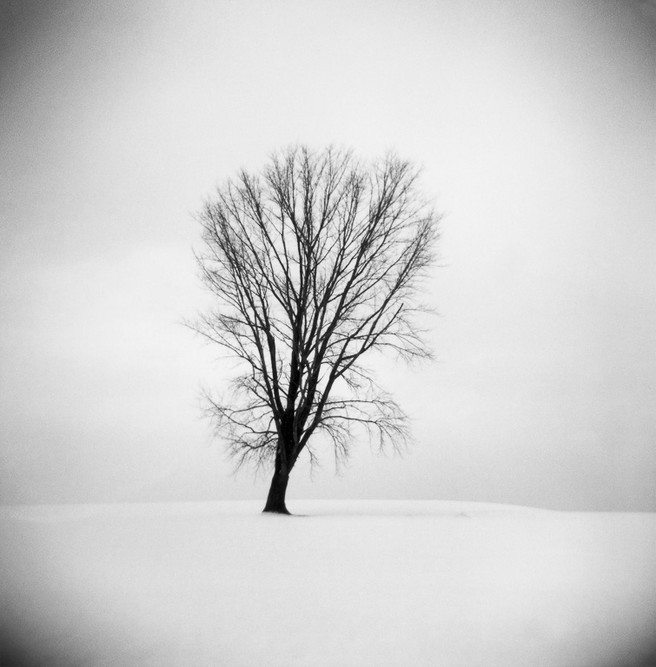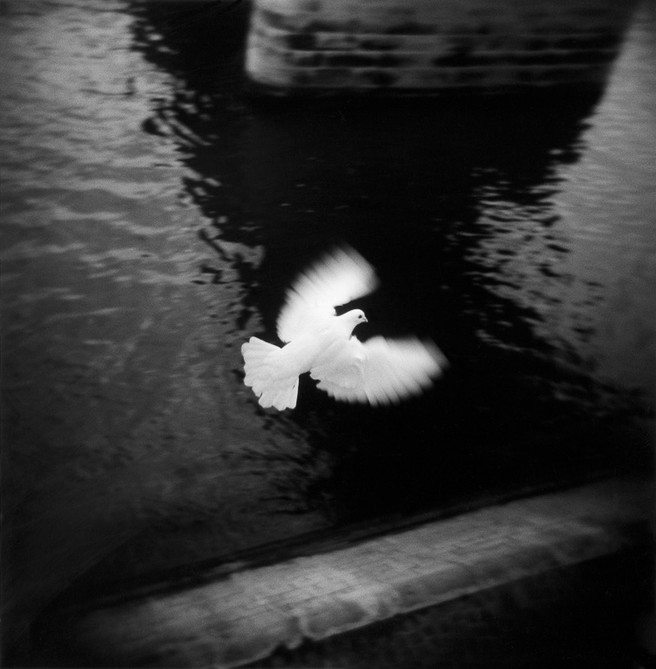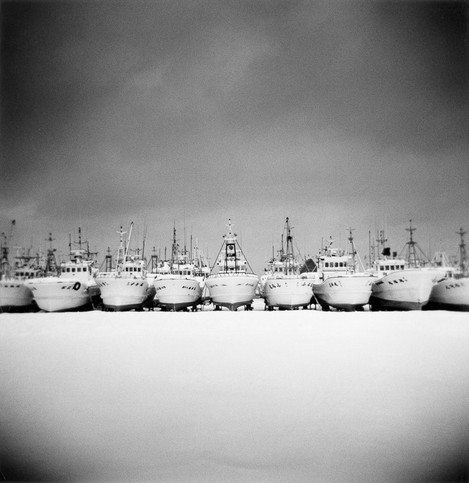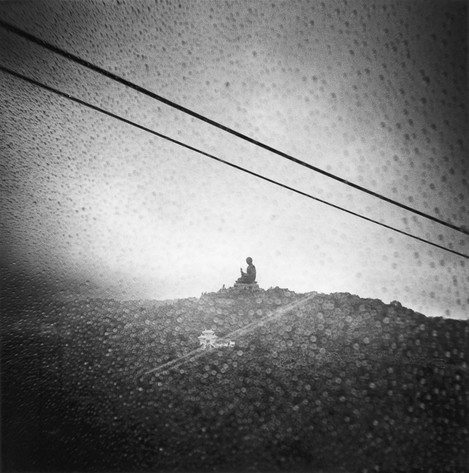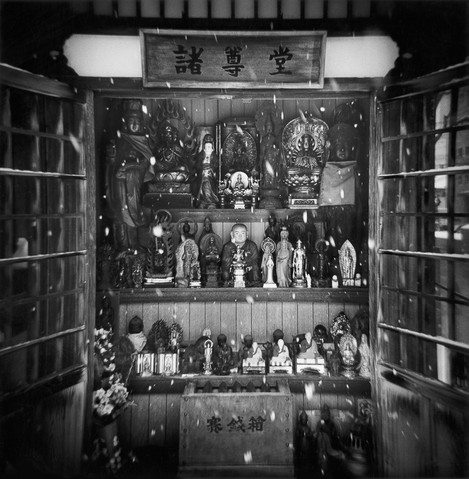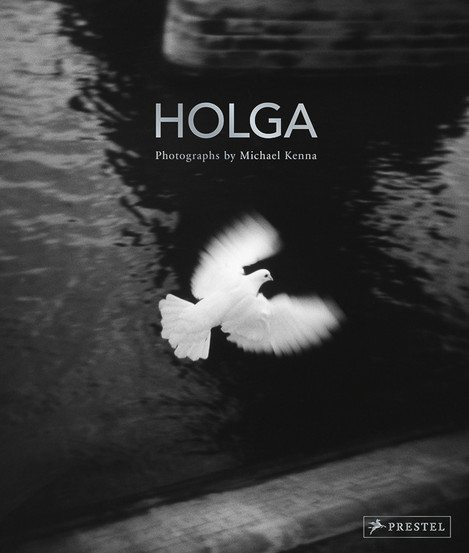France, Japan, Holgas, Smartphones and more

Graeme Green
Graeme Green is a photographer and journalist for international publications including the BBC, The Sunday Times, The Sunday Telegraph, Wanderlust, USA Today, South China Morning Post and more. He has photographed landscapes, people and wildlife around the world, including Tanzania, Japan, Haiti and Antarctica.
“Photographers are driven creatures” says Michael Kenna. Whatever it is that drives him, landscape photographer Michael Kenna has been travelling the world for more than 40 years, carrying his heavy Hassleblads to countries ranging from France to Japan, often working at night or in the early hours of the morning to produce minimalist black and white landscapes with an uncanny knack of capturing the ‘spirit’ of a place.
His latest book, Holga, though, is a collection of pictures taken around the world using the popular, low-tech, ‘toy camera, the Holga. Graeme Green caught up with him between assignments at his home in the United States to talk solitude, toy cameras, singing karaoke and the lengths he’ll go to for a photo…
You spend a lot of time photographing at night and early in the morning. Why?
There’s something extremely therapeutic about the solitary process of wandering around in beautiful circumstances, early in the morning or at night, alone. You feel alive. It instils an incredible appreciation of our lives and our world.
Why do you like solitude so much?
You’d probably have to talk to a psychologist. I’ve learned in life not to seek too many answers and just to appreciate the path you’re on. I’m just who I am.
I’ve always had a solitary streak. I come from a large working-class family. Growing up, I slept in the same bed as my brother, with four brothers in the same tiny room. My ambition at 10 years old was to be a priest, which is also a somewhat solitary profession. I’ve always had a proclivity to wander and enjoy being on my own. I find it’s more difficult to connect with nature and the landscape when you’re with somebody else.
How do you go about capturing the ‘spirit’ of a place, rather than just the look of a landscape?
I try not to make specific, conscious decisions ahead of time about what I’m looking for. I find locations, usually by walking. I look for some sort of resonance, connection or spark.
For me, approaching subject matter to photograph is a bit like meeting a person and beginning a conversation. How do I know ahead of time where that will lead? Curiosity is important. So is a willingness to be patient, to allow a subject matter to reveal itself.
Do you imagine or ‘see’ a picture in your mind before you start working on a photograph?
I don’t like to approach a subject with a pre-conceived finished print in my head. It’s the opposite of people like Ansel Adams. I never feel I’m the paparazzi making an exact copy of what’s out there. I always feel it’s a two-way street. You’re giving something to the landscape and it’s giving something to you.
We have infinite options of how to photograph something. That extends into the darkroom afterwards. That’s one of the reasons I haven’t gone over to digital. I prefer the slowness, the unpredictability, the complications. You never know what you have. It’s like the excitement of opening up a Christmas package when you get your negatives back.
How does working in black and white, rather than colour, change what you look for?
Having less information allows your imagination to work more to create more options. I like this idea. It goes back to writing. With haiku poetry, just a few words suggest an enormous world, rather than a big encyclopaedia that holds lots of information.
I try to eliminate elements that are insignificant, unimportant, distracting, annoying. I concentrate on elements that suggest something. I prefer an element of suggestion in my photography, rather than a detailed and accurate description. I think of my photographs as visual haiku poems, rather than full-length novels.
You sometimes use exposures of 10 hours or more. What do you do with all that time?
Time is a luxury. It’s a luxury not to have to do something, just to stand, to watch, to experience, and not to always have a full agenda and a busy schedule. It allows you to wander off in your mind.
One of my other pastimes is long-distance running. It’s a similar sort of thing. It’s a physical activity, but once you get past the two- or three-hour mark of running, it’s almost like an out-of-body experience. It seems you can solve all the world’s problems. It’s completely illusory, of course.
Most people think of photography as capturing a moment. What is it that you like about long exposures?
Yes, my work is ‘the decisive 12 hours’, not ‘the decisive moment’. Often, it’s not the pictures I’ve taken that I considered to have the perfect light and exposure that are most interesting. I like the ones where there’s something beyond my control. We photographers tend to be a bit controlling, and I’m always trying to liberate myself from that.
Your new book, Holga, contains photos taken with the low-tech, ‘toy camera’. What’s the appeal of a Holga?
I work with Hasselblads most of the time. They’re heavy, cumbersome. You have to spend a lot of time thinking about what you’re doing. The Holga is really very whimsical, instant, unpredictable piece of equipment. You can carry it in your pocket.
I have four or five of them. Each one has a different characteristic. They’re not machine-built to the point they’re consistent, so you really don’t know what you’re getting ahead of time.
Do you find it useful to explore new approaches to photography?
Yes. If you use the analogy of food, you might know exactly what you like, exactly what restaurant you’re going to go to and exactly what you’re going to order. The question is, do you continue with that because, “Yes, I know I like it”, or do you experiment and say “There’s this taste I’ve never tried before and maybe I should try it”, in the understanding that you might not like the taste or it’ll be a failure?
I think most of us look to be constantly creative and constantly curious about what else there is. As you advance, you see yourself repeating patterns and past successes. You have to constantly force yourself away from those patterns.
You’ve been taking photos for 40 years. How has your work changed?
The big element for me was going to Asia in the mid-1980s. Before that, my influences were European photographers. Once I started travelling to Asia, my influences became Asian. My exposure to Japan markedly changed the way I view the world and photograph the world. The equation shifted. In my early work, I used a lot of darkness, a lot of shadows. I found I was using white more in Japan, and things were becoming more abstract, more minimalistic.
What is it you like about Japan’s landscapes?
There’s something mysterious and wonderfully alluring in the Japanese land. It’s visually manifested in the omnipresent interactions between water and earth, and in the constantly changing seasons and skies. There’s reverence and honour towards the land, symbolized by the ubiquitous Torii gates.
Japan is also a volatile place, sometimes unpredictable and potentially dangerous, with typhoons, earthquakes and tsunamis possible. It’s a country where the land is alive and powerful. I believe living in Japan accentuates an awareness of the fragility and beauty of our transient world.
Are there any particular areas you enjoy spending time?
I’ve found Hokkaido in the north to be a particularly intriguing place. Visually, it’s been a paradise on earth for me, a winter wonderland.
My guide in Hokkaido also taught me karaoke songs by Yujiro Ishihara, a well-known Japanese singer. I’d practice in the car on our road trips. Later, in karaoke bars, it was surprising to me how warm and friendly people became once I sang one of these songs. I could have free drinks all night as long as I sang either Yujiro or Beatles duets with everybody, a very useful skill to have in Japan.
Which are some of your other favourite countries to work in?
I’m at a point in my life where I love to photograph in many of the places I’ve photographed in the past. I use the analogy of a friendship. It’s nice to deepen and renew and reacquaint with that person, instead of constantly meeting new people. There’s something very good about having deeper relationships with countries too.
I find I’m returning more to China, France, Italy, Japan, places where I’ve been before. I could keep going to places like those for my whole life and still be content. I just did two projects in Italy, a book on Abruzzo and one on confession boxes. I could spend my life in Italy or France.
What keeps drawing you back to France?
France has so much to offer. I’ve photographed there more than in any other country. Brought up in England, I came out of a European tradition. My first photographic masters were Eugene Atget, Bill Brandt, Mario Giacomelli and Josef Sudek, among others. They are all romantics at heart, concerned with photographing a feeling.
Eugene Atget, for example, inspired me to photograph the Le Notre Gardens in and around Paris. His dedication to photographing Paris all his life taught me that nothing is ever the same; the same subject matter can be photographed in many different ways and in different conditions.
With digital cameras and smartphones, most people now travel with a camera. What do you make of the ubiquity of photography?
I choose to opt out. Everyone nowadays is a photographer because everyone has a camera on their phone. That’s just the way it is. It’s not something I’m against.
Most people are content just to take instant photographs and put them out into the world very quickly and easily. There are always going to be some who take the time and delve deeper. It’s a bit like using Garageband on the computer. You can make music very quickly, but to really master an instrument takes years.
Photographers often go to great lengths for a photo. What’s the most you’ve had to endure to get a picture?
A few years ago I was going to my daughter’s graduation in Vermont. There’s a hotel, the Heiden Hotel, where I first worked when I moved to the States in 1976. I’d been photographing it ever since, through rack and ruin. It was decrepit and falling down. It happened that there was a fire and the hotel burned down. I decided to drive to this hotel to photograph the ruins. My stomach was hurting, as I had a problem from spending time in India. I drove for six hours to upstate New York. When I got there, I could barely walk with the pain. I managed to stumble around the hotel and take some photographs and somehow drive back to Vermont. Next morning, I couldn’t get up. I managed to get to a hospital and they told me my appendix had broken two days ago, that I was lucky to be alive, and they had to do emergency surgery. I had been in huge pain.
Photographers are driven creatures. If I scent a photographic possibility, I will go after it. I’ll endure almost anything to get that exposure. I have to get that photo, regardless of common sense.
Holga by Michael Kenna is published by Prestel. See www.prestel.com for details. Confessionali: Reggio Emilia (Corsiero Editore ) and Abruzzo (Nazraeli Press) are also available now. For more on Michael Kenna and his books, see http://www.michaelkenna.net/.

